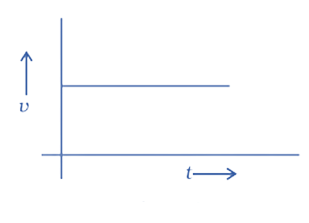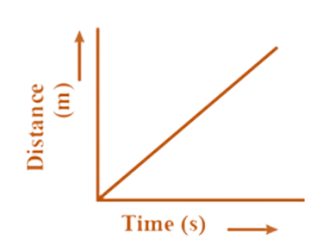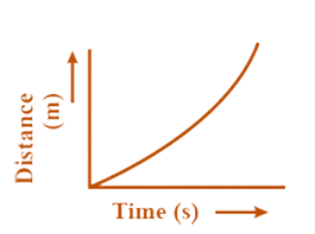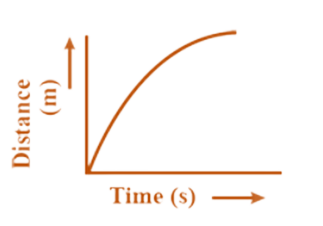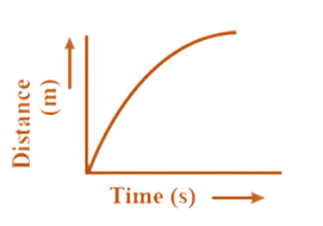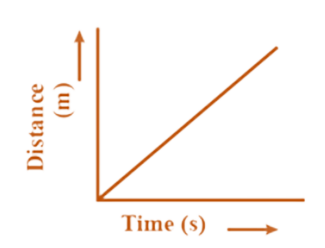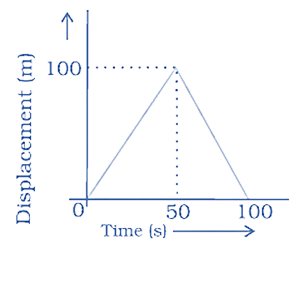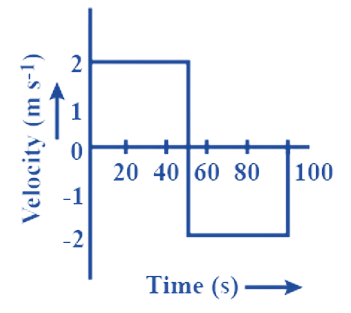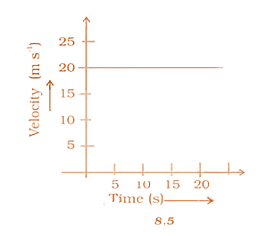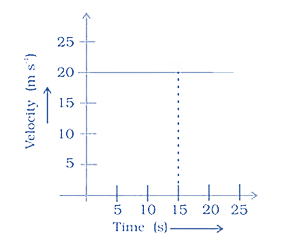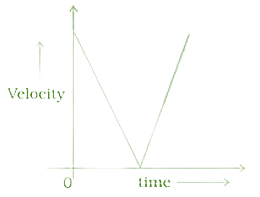NCERT Exemplar for Class 9 Science - Motion - Free PDF Download
FAQs on NCERT Exemplar for Class 9 Science Chapter 8 - Motion (Book Solutions)
1. Why is the example of chapter 8 (Motion) prepared by NCERT for Class 9?
NCERT Exemplar is prepared to give class 9th students an excellent foundation that can help students prepare for the future board exams as well as competitive exams that they may attempt after school. Chapter 8 of class 9th science, that is, motion is one of the basic chapters that is even dealt with in higher classes and competitive exams as well. The concepts related to Chapter 8 of class 9th science are given in an elaborate manner for a clear understanding for the students.
2. How is NCERT Exemplar of chapter 8 beneficial for class 9?
NCERT exemplar of class 9 is very beneficial for the CBSE students as it offers solutions to the questions given in the NCERT Exemplar book. The example contains all types of questions including numerical problems, multiple-choice questions, long and short answer questions. The example also helps in enhancing the knowledge of the students and building a concrete base for their future in science. The concepts are explained in a comprehensive language for easy and quick understanding of the students.
3. What are the major topics included in the chapter 8 example of NCERT for class 9?
All the topics that are discussed in chapter 8, that is, motion in class 9th NCERT book are included in the exemplar also. Students must revise the topics and subtopics covered in chapter 8 of class 9 to score high marks in the exam. Students can read the topics carefully for a clear understanding of the entire chapter for the exams. The major topics of discussion are:
Speed
Velocity
Distance
Displacement
Uniform motion
Non-uniform motion
Uniform circular motion
Equations of motion
4. What is the benefit of Vedantu for students of CBSE Class 9th?
The team at Vedantu provides continuous support to the students of CBSE Class 9th. They provide free study material including books, question papers, solutions to the questions available in NCERT, revision notes, and more that can be downloaded from the website of Vedantu. The faculty at vedantu are experts in their field. They give attention to each individual student and customise their teaching pattern according to the needs of the student. All concepts are explained in a very simple language for quick understanding of the students.
5. What are the main characteristics of the NCERT exemplar of chapter 8 for class 9 students?
The NCERT exemplar is well prepared. Some of the key features of this exemplar are:
It provides the basic knowledge of chapter 8, that is, motion, and helps students clear their fundamentals.
It also prepares those students who want to take science in higher classes as most questions are asked from the fundamentals of this chapter.
It covers questions from all sub-topics included in the chapter.
It may also act as a revision question bank for students so that they can go through all concepts at once before their examination.


















